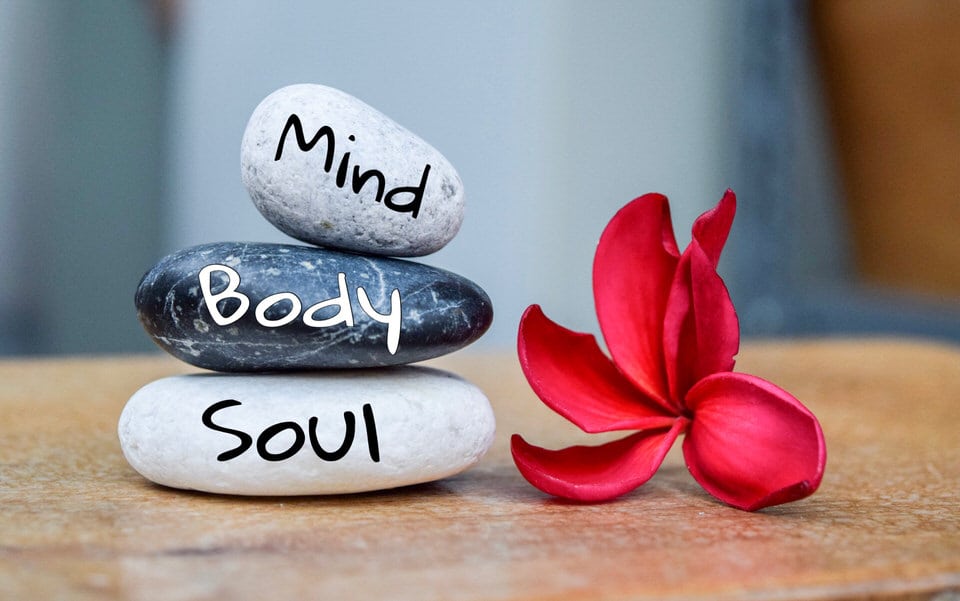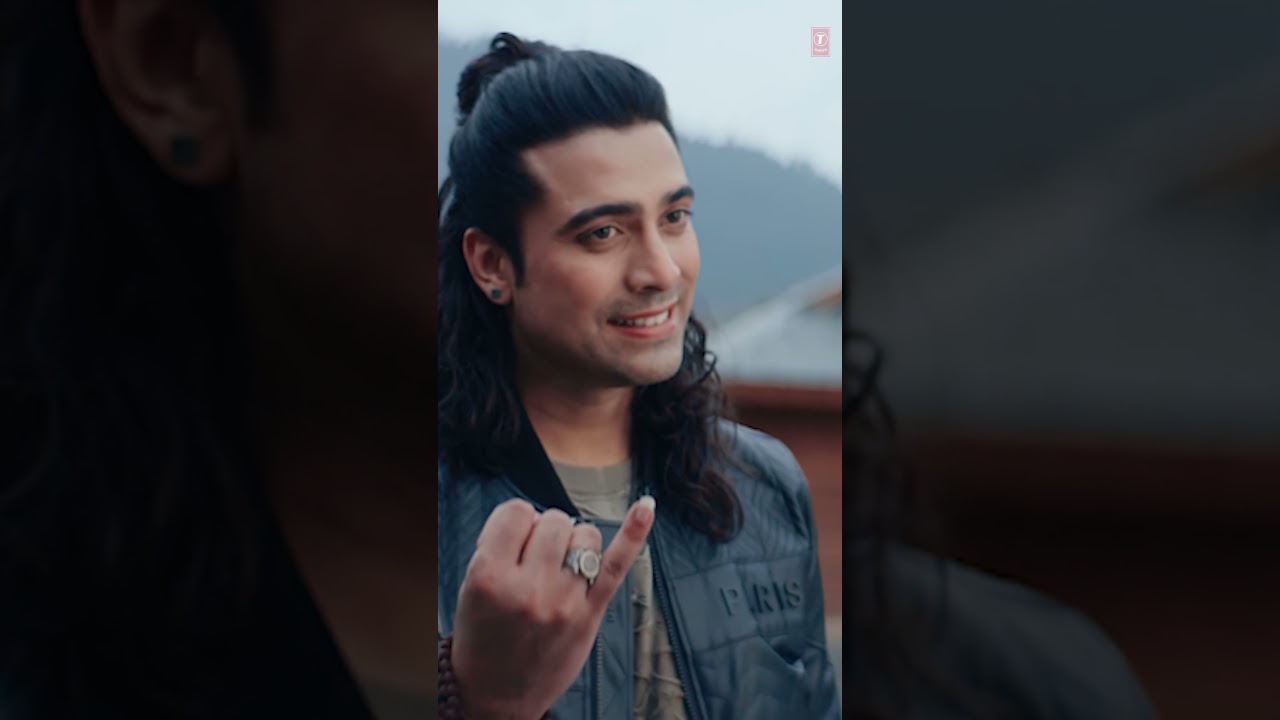On the analysis of a kiss, science of kissing, types of kisses and the social basis of kissing..
Kissing is one of the oldest human activities. It is the expression of affection, liking or love for another person. If you go back to the history of kissing, public kissing may not have existed a few hundred years ago and still not permitted in some cultures, but we can safely assume that kissing has existed for thousands of years even if it was done privately as it is a very natural form of human emotional expression.
Students of psychology will usually try to analyze kissing from a psychoanalytic perspective. A kiss is an oral activity, like smoking or eating, it involves the mouth and can be traced back to the oral stage of psychological development. To an extent the oral fixation theory may be true. This means some people are addicted to activities of the mouth, derive pleasure from sensations in the mouth and are thus also addicted to kissing or related activities of the mouth. Oral fixation describes certain personalities, but in this article, I will focus largely on the analysis of a kiss and the science involved.
Kissing involves neural and hormonal activity and several recent researchers have indicated that dopamine, serotonin, oxytocin and sex hormones are released during romantic kissing. Dopamine and serotonin are chemicals (neurotransmitters) and oxytocin is a hormone released by the pituitary gland. When emotions are involved, the amygdala and hypothalamus in the brain are activated and the activation of amygdala and hypothalamus, release of chemicals and stimulation of the pituitary and sex glands during kissing create attachment and gives a feeling of euphoria in romantic relationships. In non-romantic relationships, kissing creates affection and emotional attachment and is usually experienced among friends, family members, social relationships and so on. A kiss on the cheek is a type of social greeting and is common in many cultures.
A kiss can be interpreted in many ways and the attributes of a kiss could be analyzed according to the length or duration, depth, position or location, facial expression before and after a kiss,and these elements when analyzed will finally help derive the covert or overt motivations of kissing.
Since kissing is done on the human body, we have limited spatial coordinates to begin with. No one will hopelessly or passionately kiss a tree or a wall, although that kind of activity can also be analyzed.
Let’s start with the top of the head. A short, brief fleeting kiss on the top of the head indicates affection. Parents kiss their children on the head or forehead. When bosses or colleagues kiss on the head, that can look patronizing and even odd. Forehead kissing is common among family and older relatives often kiss children or young people on the forehead. Brief kissing on the cheek is accepted as social custom among some cultures and is seen as a mark of formality or formal friendliness and camaraderie. Brief kiss on the cheek is often a mark of rapport, affection among workers and support or encouragement.
As soon as the kiss moves to other parts of the body, the analysis gets more complex. Apart from the head or the cheek which is considered affectionate, kissing on the eyes, nose, ears or chin would be considered romantic. Kissing on the nose has an element of affection involved but on the chin, it is more intimate.
The first principle is that the further down the kiss goes, the more intimate it becomes. So, a kiss on the leg is obviously far more intimate than a kiss on the hand. The lip kissing is of course, very intimate and we are not considering it within this principle. Kiss on the hand is actually a more traditional and formal romantic expression. In ancient times, men proposed women by kissing the hand. It is formal romanticism.
The second principle is that the longer it gets, the more intimate it becomes. So, intimacy through kissing is about space and time.
The third principle is that the spatial and temporal aspects will determine the motivation of the kiss. This means a kiss can indicate many expressions including love, romance, sexual attraction, affection, formal support and the type of kiss or the motive will be largely determined by the spatial and temporal attributes of the kiss.
A long kiss on the front of the neck is bolder than a kiss on the back of the neck. The kiss on the inner surface of the skin such as the palm or inner wrist or elbow is more intimate than kiss on the outer surface and so on. Public kissing on the inner surface of the body may look a bit desperate, so must be done privately. What about the temporal aspects? A man sits beside you in the park, speaks with you for a while, gives a brief kiss on your fingers and walks away. It is strange behavior but does happen. That is the uncertain kiss. Long term lovers will engage in more prolonged kisses. Prolonged mouth to mouth kisses create attachment and even a level of trust. The mouth, tongue, lips have large number of nerve endings and are extremely sensitive, thus mouth to mouth kissing gives heightened pleasure. Romantic kissing is of course a prelude to sexual relations.
Let me go to the third principle from which you derive the motivations of kissing. Why did a friend kiss you in a certain way? As long as the kiss is not too long and is on the cheek or face, that is an indication of support, encouragement and affection. Kissing may not have sexual meanings and connotations. Affection between two people is quite possible, even if they are not lovers. Whether of the same or opposite sex, two people can feel great love, affection and support for each other and kiss each other on the head, cheek or face and such expressions are often natural, especially in teamwork. Say in a soccer team, players kiss and hug other teammates as expressions of encouragement and the same type of rapport may be seen in teammates working together in any field, and the team members can be male or female, it does not matter. When people are excited about something, they may kiss and hug other people standing near them, but it is just emotional expression and release of energy, not exactly directed towards the other people. So,suppose your colleague standing next to you was watching a game, got excited about a soccer goal and started hugging you because he was all excited, it doesn’t mean he was harassing you, he was just expressing his excitement and emotions. But if this kind of behavior becomes a habit, you must be a bit more cautious and make it a point not to stand next to him. He obviously has other covert motivations.
Let us finally move to the science. Research has shown that romantic kissing involves endocrine glands and release of dopamine, oxytocin, serotonin and sex hormones such as testosterone. Although most forms of kissing involves emotions and activities of the amygdala and hypothalamus in the brain, romantic kissing is triggered by intense chemical reactions in the body and release of neurotransmitters and hormones. Hormones finally create social bonds and kissing is one of the social tools that have helped humans to form bonds, survive and create families and societies for thousands of years. Without kissing, we would be a lonely race and become extinct rather quickly.
Source by Saberi Roy










Leave a Reply